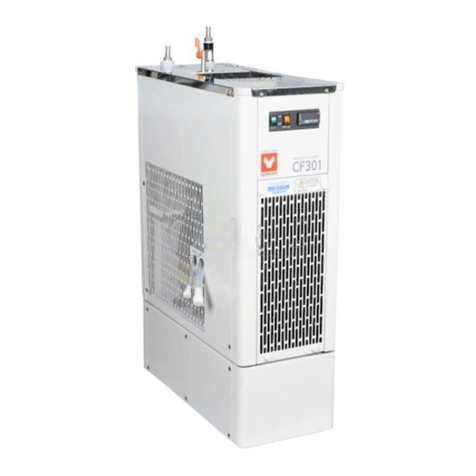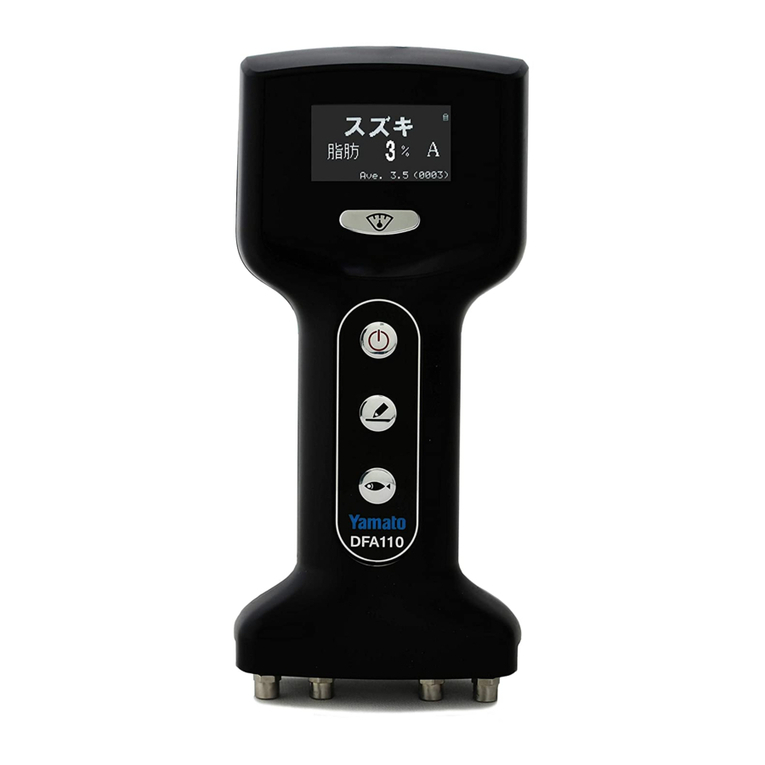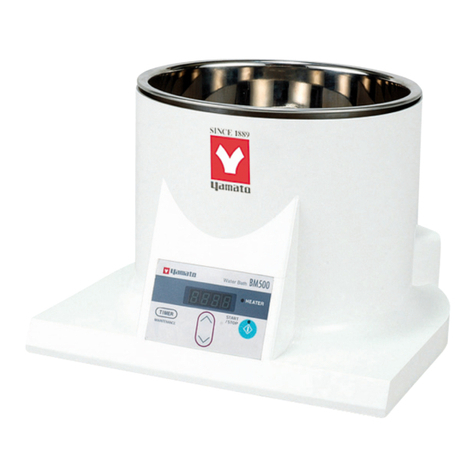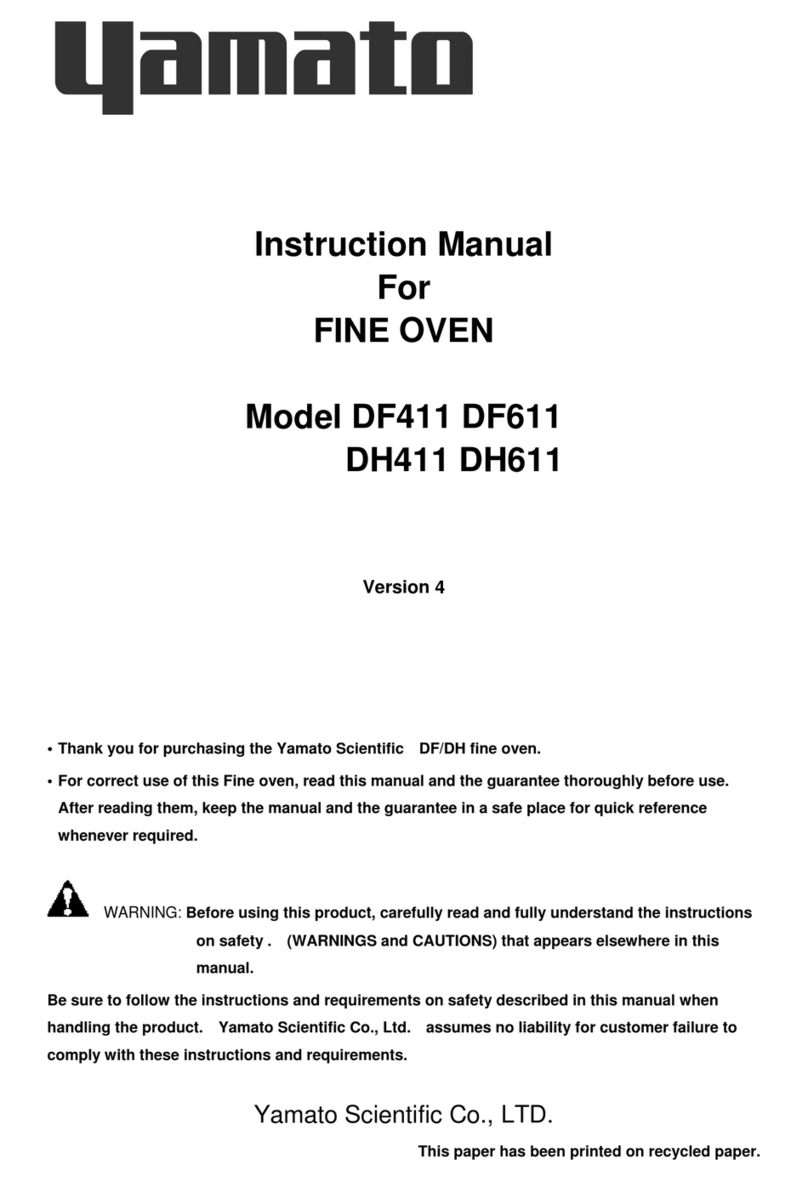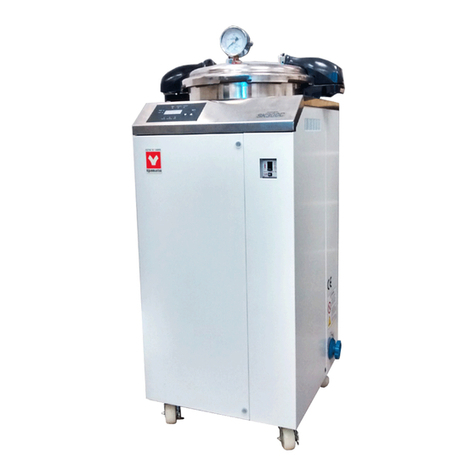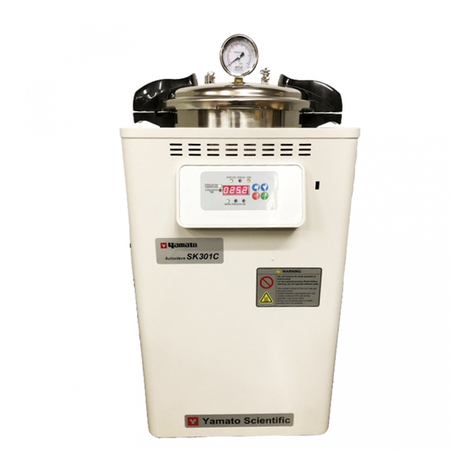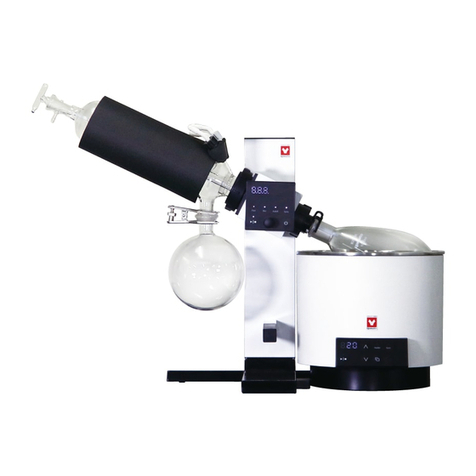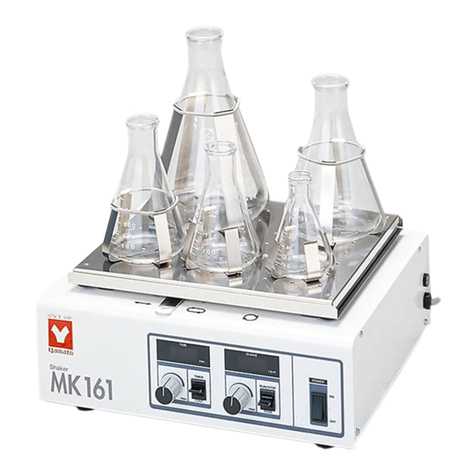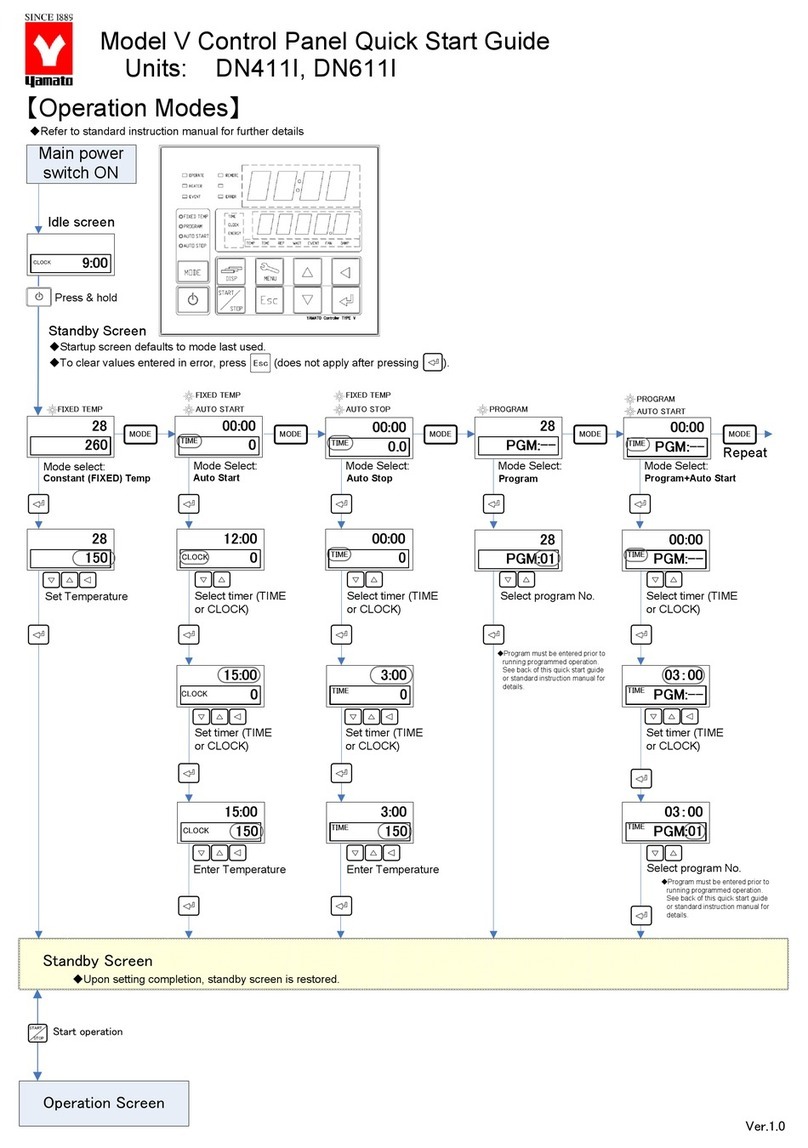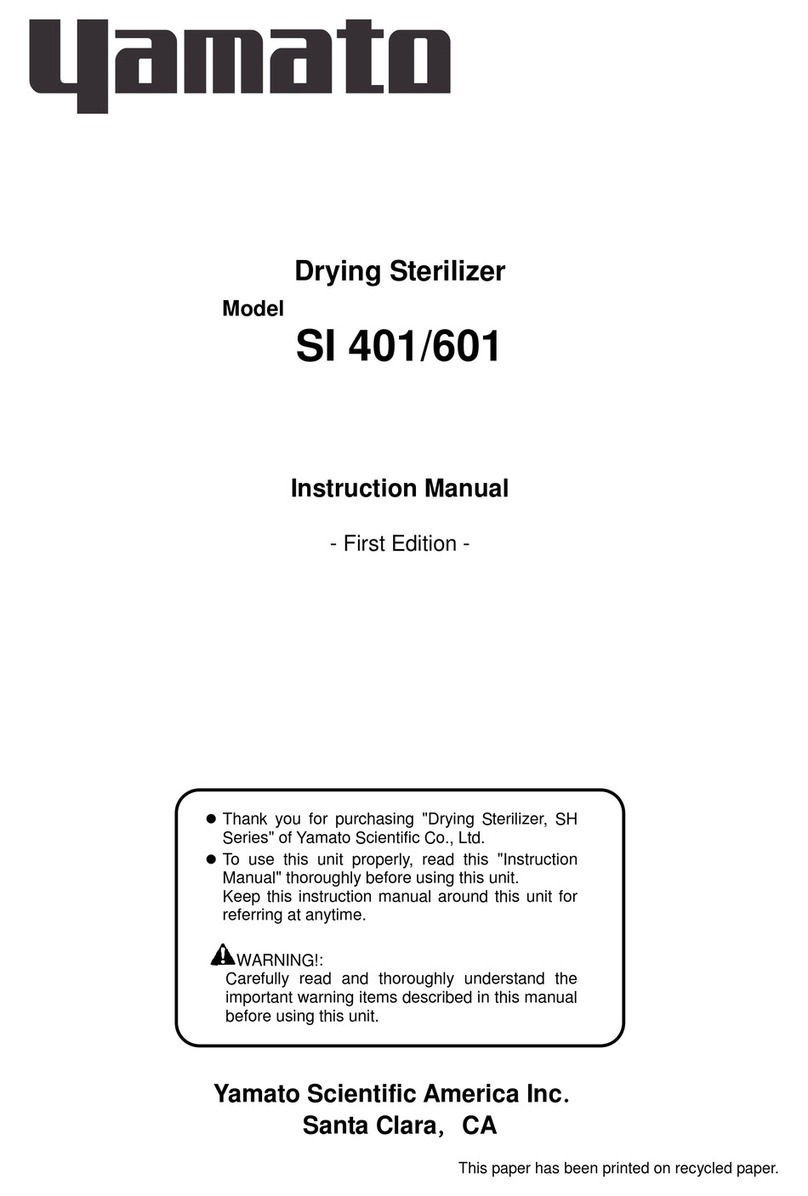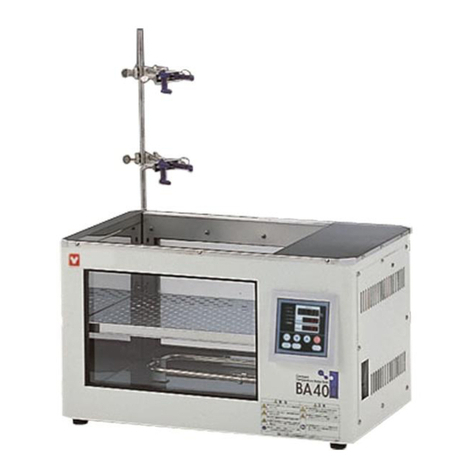
Contents
1. Safety Precautions ................................................................. 1
Explanation.......................................................................... 1
Table of Illustrated Symbols ............................................................ 2
Warning・Caution .................................................................... 3
2. Before Using ...................................................................... 6
Installation precautions ................................................................ 6
Preparation before operation .......................................................... 10
3. Description and Function of Each Part.............................................. 16
Main unit (front·top·back) ............................................................. 16
Main unit (internal structure)........................................................... 17
Operation panel ..................................................................... 18
4. Operation Method................................................................. 19
Choose operation mode .............................................................. 19
Function list......................................................................... 20
Help function........................................................................ 22
User Set Function ................................................................... 23
Operation course (liquefy & retain temp.)................................................ 25
Operation course (sterilize & retain temp.)............................................... 34
Operation course (instrument sterilize).................................................. 43
Operation course (fluid sterilize) ....................................................... 49
Operation course (instrument dry)...................................................... 55
Operation course (sterilize & dry) ...................................................... 61
Shortcut function (preheating) ......................................................... 69
Shortcut function (memory) ........................................................... 72
Shortcut function (schedule)........................................................... 76
Shortcut function (initial setting value) .................................................. 81
Shortcut function (optional connector) .................................................. 82
External Output Terminal (optional)..................................................... 83
5. Handling Precautions ............................................................. 85
6. Maintenance Method .............................................................. 88
Daily Inspection and Maintenance...................................................... 88
7. Long storage and disposal......................................................... 89
When not using this unit for long term / When disposing................................... 89
Notes about disposal................................................................. 89
8. In the Event of Failure ............................................................. 90
Safety Device and Error Code ......................................................... 90
Trouble Shooting .................................................................... 92
9. After-sales Service and Warranty ................................................... 93
When need repair ................................................................... 93
10. Specification .................................................................... 94
11. Wiring Diagram .................................................................. 96
12. Piping Diagram .................................................................. 98
13. Replacement Parts Table ......................................................... 99
14. List of Dangerous Substances.................................................... 101


